Key Takeaways:
- Dizziness is a common concern, which may cause lightheadedness, unsteadiness, vertigo (rotary motion sensation), or other types of dizziness.
- While lightheadedness may be attributed to blood pressure or central causes, vertigo is typically related to inner ear conditions.
- Fortunately, patients can often use exercises to help recover from conditions that affect inner ear balance.
- Tai Chi is another excellent activity to help improve or maintain balance.

Dizziness is a common problem that affects millions of people worldwide. Various factors, including inner ear disorders, head injuries, and certain medications, can cause it.
Audiologists are trained to diagnose inner ear dizziness, and during my residency at Mayo Clinic, I worked with many patients with various balance disorders.
For people who experience inner ear dizziness, adding stabilizing exercises into their regimen is important. This is especially true for patients recovering from vestibular neuritis, doing vestibular ocular reflex exercises can help the eyes to recalibrate the brain to the new normal.
Moreover, many patients find vestibular ocular reflex and gaze stabilization exercises help alleviate their symptoms.
This article will discuss vestibular ocular reflex exercises, how they work, some of the best exercises you can try at home, and other relief methods.
What causes dizziness?
There are many different kinds of dizziness. When patients say they feel dizzy, it can take some detective work to pinpoint the source of said dizziness. Some describe it as feeling lightheaded (often related to medication), cardiovascular concerns, dehydration, or other causes.
Other patients report feeling off balance, motion sensitivity, unsteadiness (like being on a boat), or other perceptions.
Vertigo is another subcategory of dizziness, which feels like rotary motion. Vertigo is often related to a peripheral weakness in the inner ear or other inner ear conditions, such as BPPV.
Another condition that can cause intense vertigo acutely is vestibular neuritis. During the acute phase, vertigo is severe in the first few days and typically lasts for 24 to 72 hours. The chronic phase lasts several weeks to several months and requires time for the brain, eyes, and ears to adjust to the new normal.
How are the eyes and ears related?
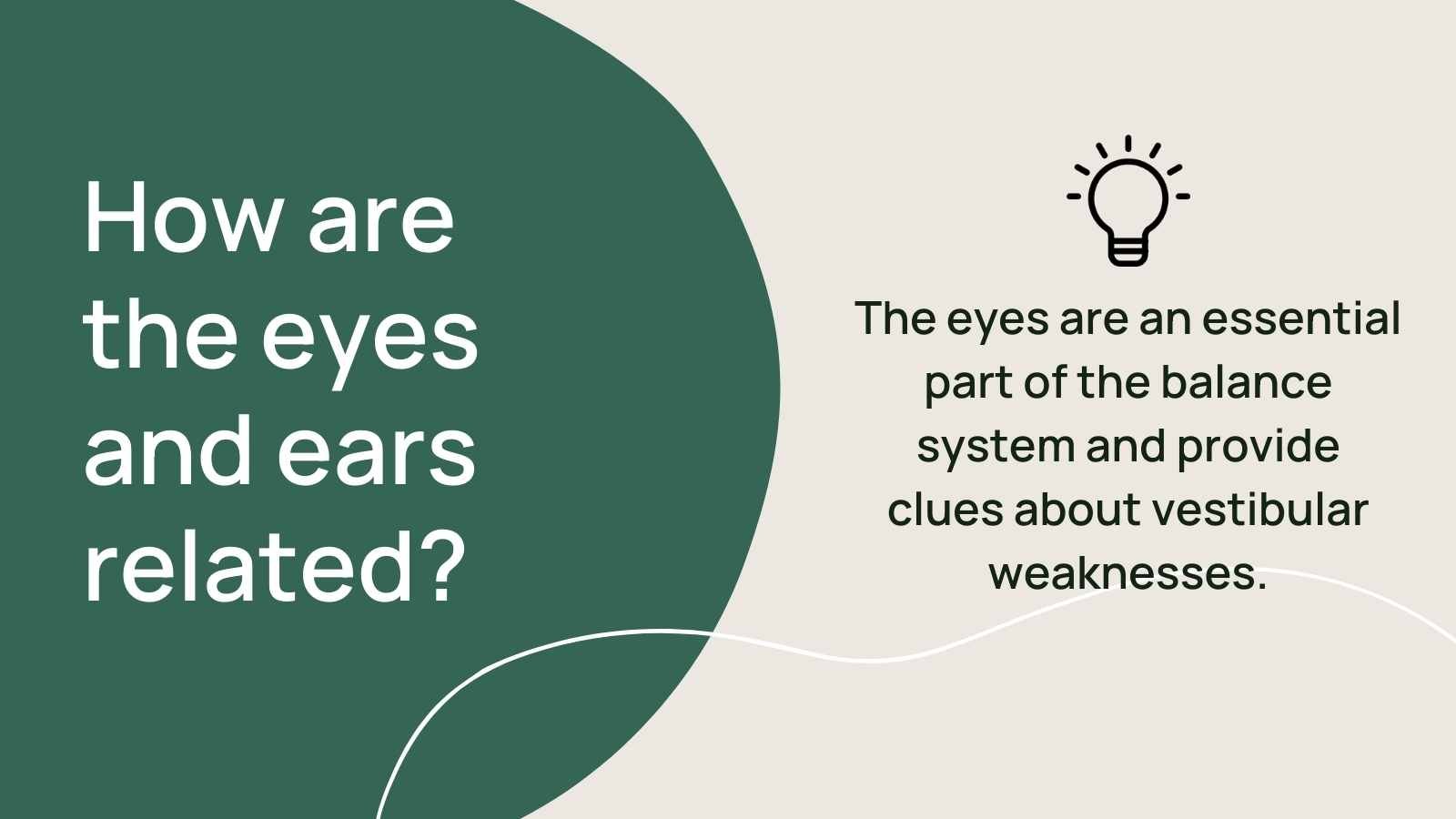
You may not think that the eyes and ears are related, but when it comes to the body's balance system, the eyes are an essential part of the balance system and provide clues about vestibular weaknesses.
For example, if you have BPPV, also known as the "ear crystal" condition, your eyes will move reflexively with certain head movements. Therefore, an audiologist, physical therapist, or physician can determine which ear and which balance canal is affected just by watching the eye movements.
What is the vestibular ocular reflex?
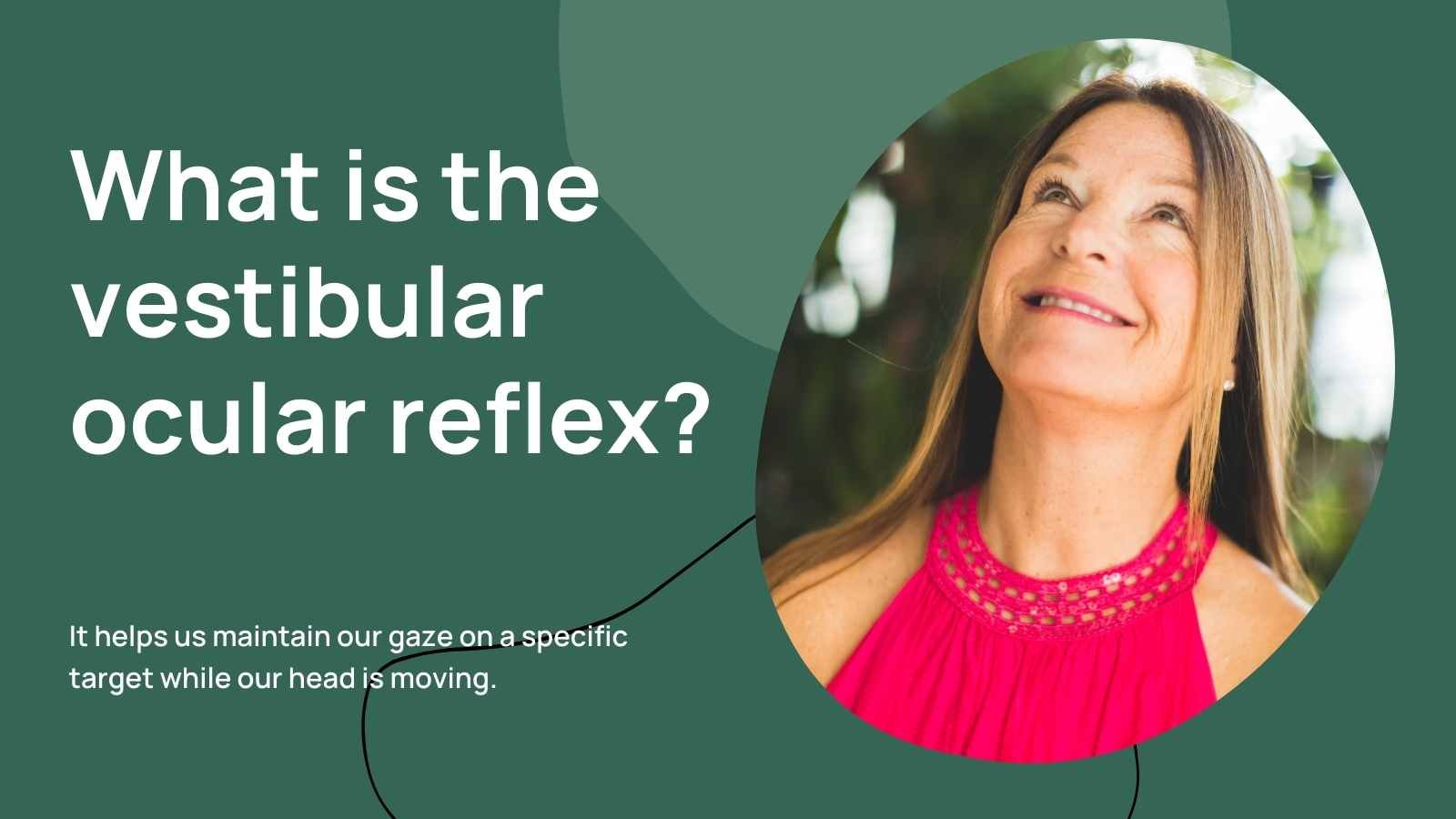
The vestibular ocular reflex (also known as VOR) is critical to our body's balance system. It helps us maintain our gaze on a specific target while our head is moving.
However, when a person has a disorder that affects their balance system, such as vestibular neuritis, their eyes will not counteract their head movements appropriately, leading to dizziness and other symptoms. VOR exercises strengthen the reflex and retrain the brain, allowing the eyes to function correctly and compensate for head movements, leading to better balance.
What are VOR exercises and how do they work?
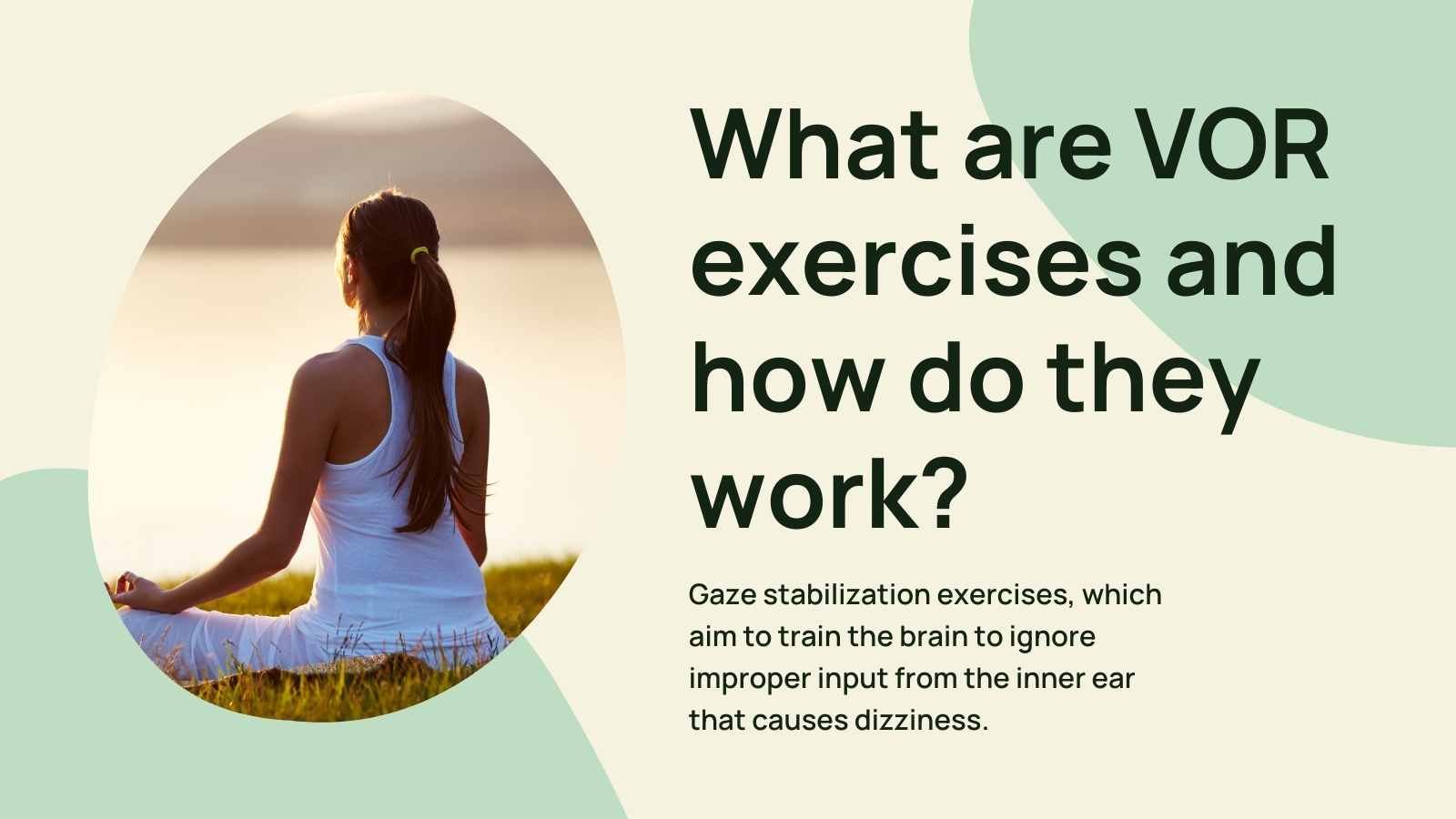
One type of VOR exercise is the gaze stabilization exercise. These exercises aim to train the brain to ignore improper input from the inner ear that causes dizziness.
The exercises include looking at a stable object as the head moves from side to side or up and down. The goal is to have the eyes fixed on the object without movement. This technique allows the brain to focus solely on visual input, improving gaze stabilization and reducing dizziness.
Another form of VOR exercise is body movements, which require the person performing the exercise to move their entire body, such as turning around, standing with their eyes closed, or walking forward and backward in a straight line. These exercises help the inner ear, eyes, and body work together to maintain balance.
What are the best VOR exercises to try at home?

If you're looking for VOR exercises to do at home, you can try some simple ones.
Oculomotor - Smooth Pursuit
1. Hold up a single target (e.g., a pen, a picture, etc.) and keep your eyes fixed on it.
2. Slowly move the target side to side, up and down, diagonally, while following the target with your eyes only.
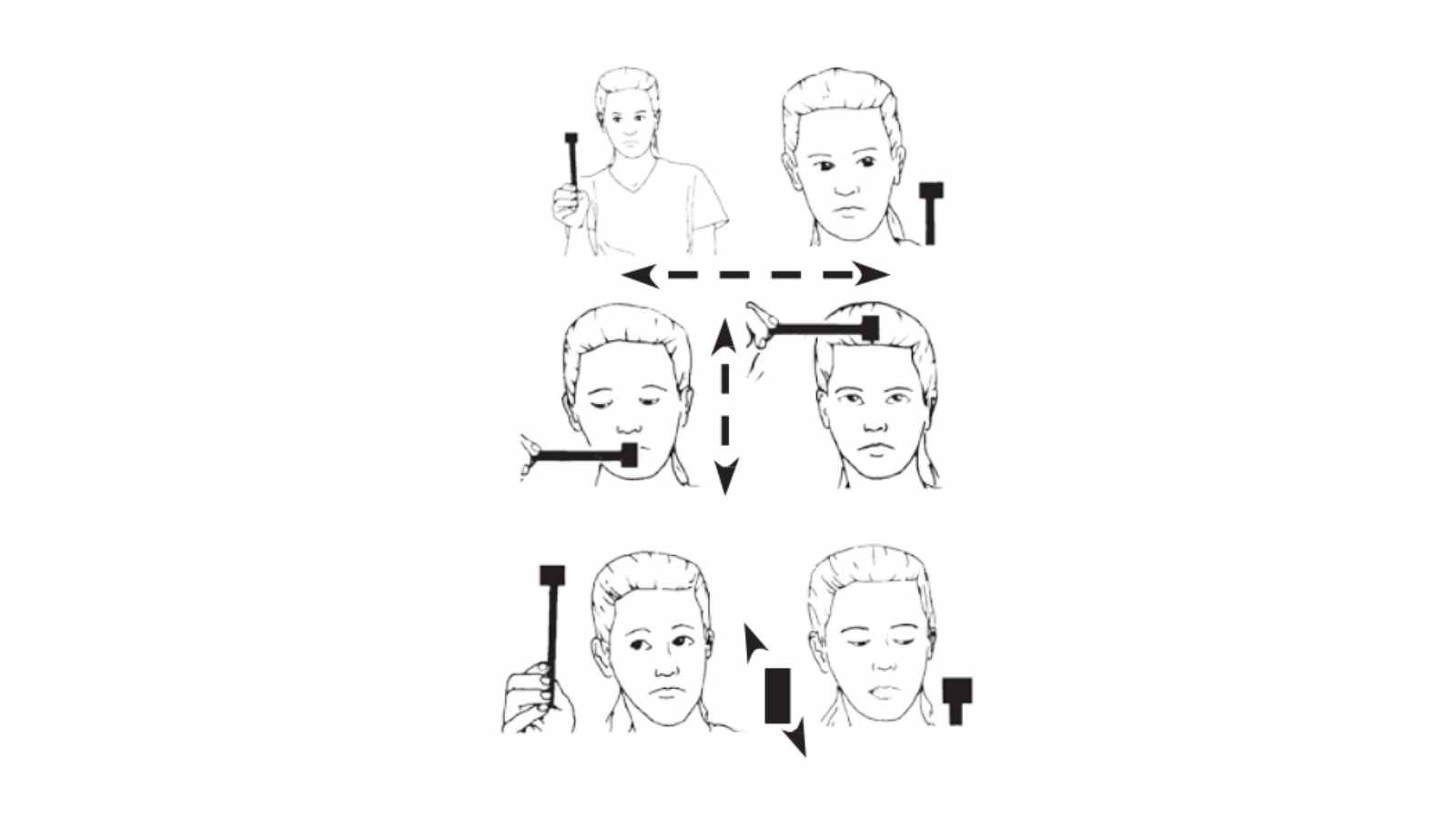
Oculomotor - Saccades
1. Hold two stationary objects (e.g., two pens or other objects), one in each hand.
2. Hold them several inches apart, changing position from side to side, diagonally, vertically, etc.
3. Move your eyes quickly from one target to the next while keeping your head still.
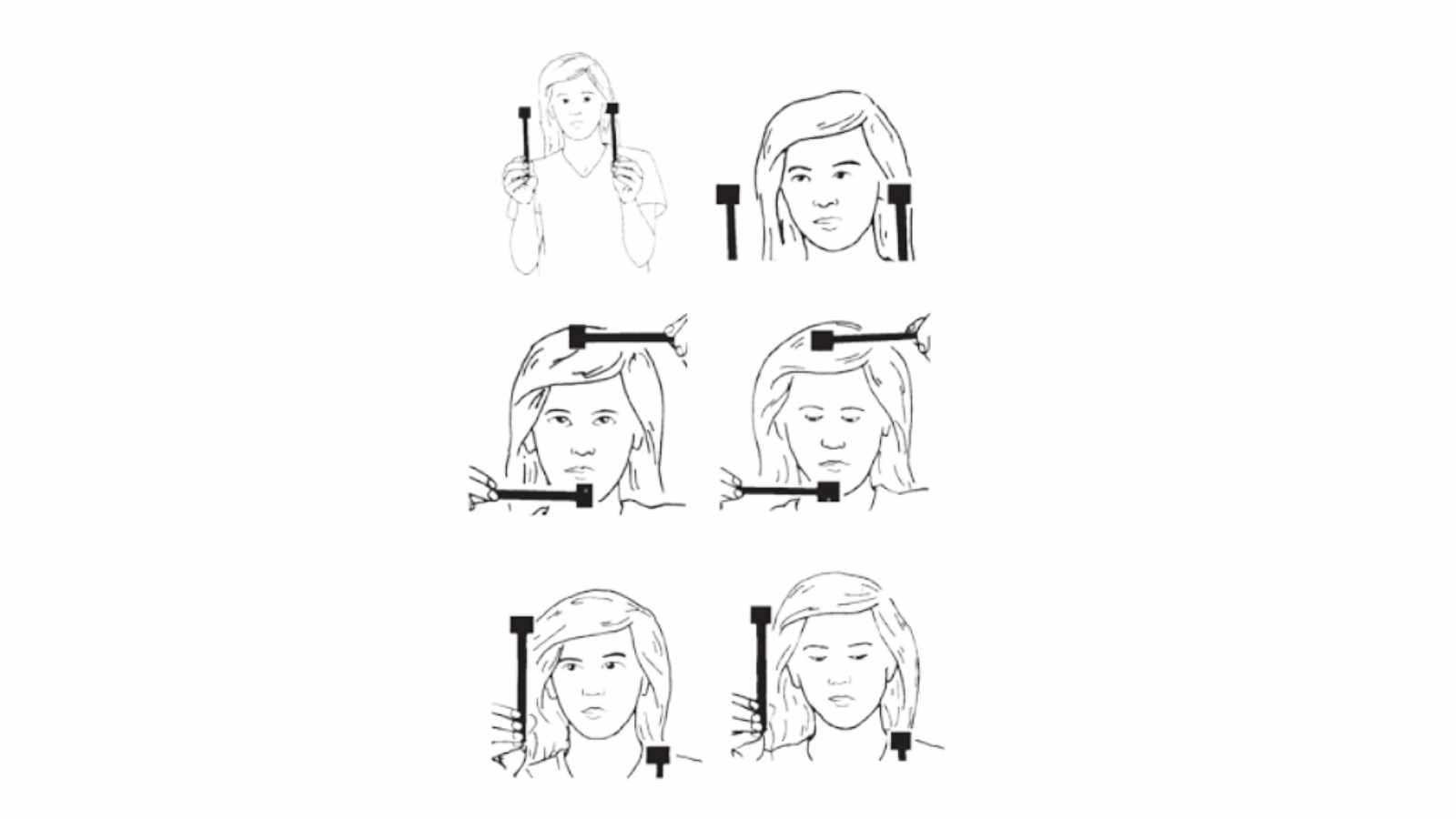
Gaze Stabilization Exercises
Note: These exercises can cause dizziness at first. This is normal and will improve with time. Work through the dizziness but slow or pause if it becomes too uncomfortable.
Gaze Stability
Exercise 1
1. While seated, focus your eyes on a stationary object.
2. Move your head from side to side while staying focused on the stationary object.
Exercise 2
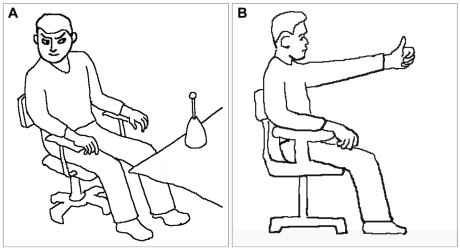
1. Hold your thumb out in front of you while seated.
2. Focus on your thumb while turning your chair side to side.
Exercise 3
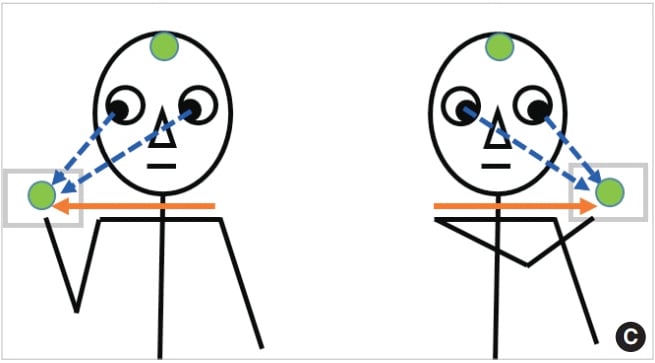
1. While seated, grab a book.
2. Start by moving your head side to side as quickly as possible while still being able to read the words on the page.
Another activity that you can easily do at home is balance exercise. Stand on one foot for 30 seconds while focusing on an object or a spot 6 to 8 feet in front of you.
Then, switch to the other foot and repeat the process. This exercise can help strengthen the small muscles around your ankle and improve balance and proprioception.
Other Ways to Get Relief

Aside from VOR exercises, several other ways can help alleviate dizziness symptoms.
These include getting enough rest, avoiding alcohol and caffeine, staying hydrated, and taking slow deep breaths. These small changes can do wonders for your balance system, leading to a significant reduction in dizziness.
Consider Tai Chi
Balance exercises like tai chi can help maintain or recalibrate the body's balance system. This exercise involves slow movement, and studies have shown its powerful effect on the body's balance system.
Conclusion
VOR and gaze stabilization exercises effectively treat dizziness and improve balance. With simple exercises such as body movements, gaze stabilization, and balance exercises, you can train your inner ear, eyes, and body to work together to maintain balance.
Additionally, lifestyle changes such as getting proper rest, avoiding alcohol and caffeine, and staying hydrated can complement your exercise routine. If you're experiencing dizziness, try some of these VOR exercises and lifestyle changes to get the relief you need.






